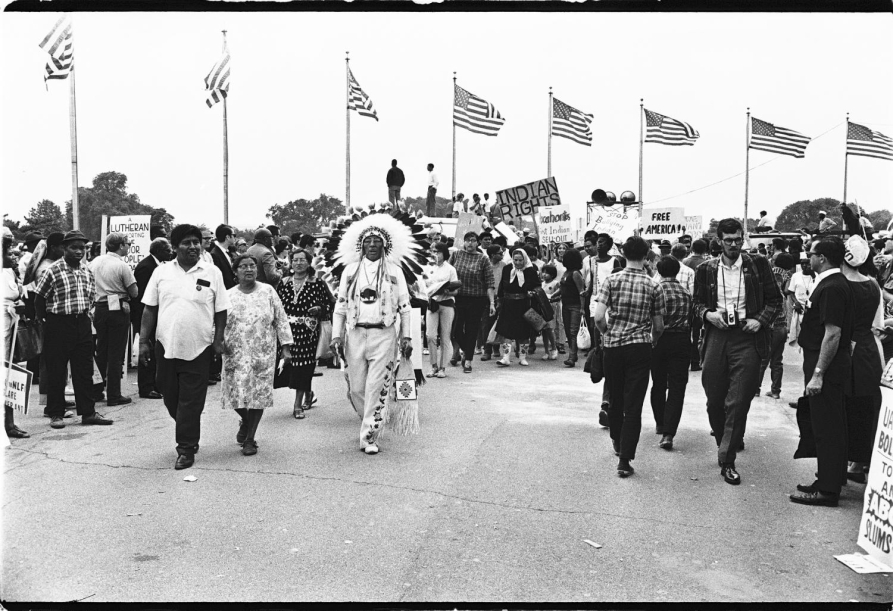
Solidarity Day - Juneteenth, 1968
B. D. Colen | Washington, D.C., United States
Photographer: B. D. Colen
Exhibit Title: Solidarity Day - Juneteenth, 1968
Location: Washington, D.C., United States
Fifty-two years ago today, on June 19th, 1968, about 100,000 people converged on Washington, D.C., for a rally in support of the Poor People's Campaign, which was conceived by Martin Luther King, Jr., to draw attention to economic inequality and the plight of the poor in the U.S. King was assasinated in Memphis on April 4, 1968, but the campaign moved forward, and about 3,000 people camped for more than a months in Resurrection City, a temporary town they created on the National Mall in the shadow of the Lincoln Memorial. The photos you see here provide an overview of Solidarity Day, and of the end of the last day of Resurrection City, five days later, when U.S. Park Police drove people out of the encampment and arrested more than 280, including Ralph David Abernathy, who had taken over the leadership of the SCLC.
In the years between the Montgomery bus boycott, which he lead, and his assassination on April 4, 1968, Martin Luther King, Jr., pushed, shoved, and dragged the movement he had built onto a broader stage, arguing that economic justice was as important as racial justice, and only if the country addressed the issue of economic inequality could it successful address its original sin of racism. To bring attention to that cause, King had begun planning a Poor People's Campaign, which would bring poor people from around the US - African Americans, poor whites, Native Americans, and Hispanics, to Washington, where they would establish a temporary community on the National Mall, and over the course of more than a month lobby members of Congress and government officials.
The dream did not die with King, but was carried forward by King's longtime colleage and friend, Ralph David Abernathy and other civil rights leaders. After protracted negotiations with Federal and District of Columbia officials, it was agreed that 3,000 people would live in a community they would create with temporary structures on the Mall, a community they would call Resurrection City and would occupy for 36 days,
One of the events that make up the story of the Poor People's Campaign and Resurrection City was Solidarity Day, June 19th, 1968, a day of demonstration, a series of speeches, and entertainment, that brought an estimated 100,000 people to the Mall. As hard as it may be to believe today, the United Auto Workers provided the bulk of the funding for the day, which went off smoothly.
But five days later, when the Park Police moved into Resurrection City to shut it down, things did not go as smoothly, and eventually more than 280 people were arrested.
And here we are, 52 years later, on another Juneteenth, confronting the same issues raised by the Poor People's Campaign. But this time, something is different. No one, no matter how white, no matter how removed from the realities of being black in America, can deny those realities. Because today, thanks to the cell phone video camera, we are all being forced to finally see the violent reality of police treatment of African Americans. We are forced to see what happens when a black man wants to go for a jog, or wants to go bird watching. Thanks to the ubiquity of those cell phone video cameras, we can no longer deny, or avoid, the simple truth offered to us by Walt Kelly's cartoon character, Pogo - "We have met the enemy, and he is us."
Make Comment/View Comments